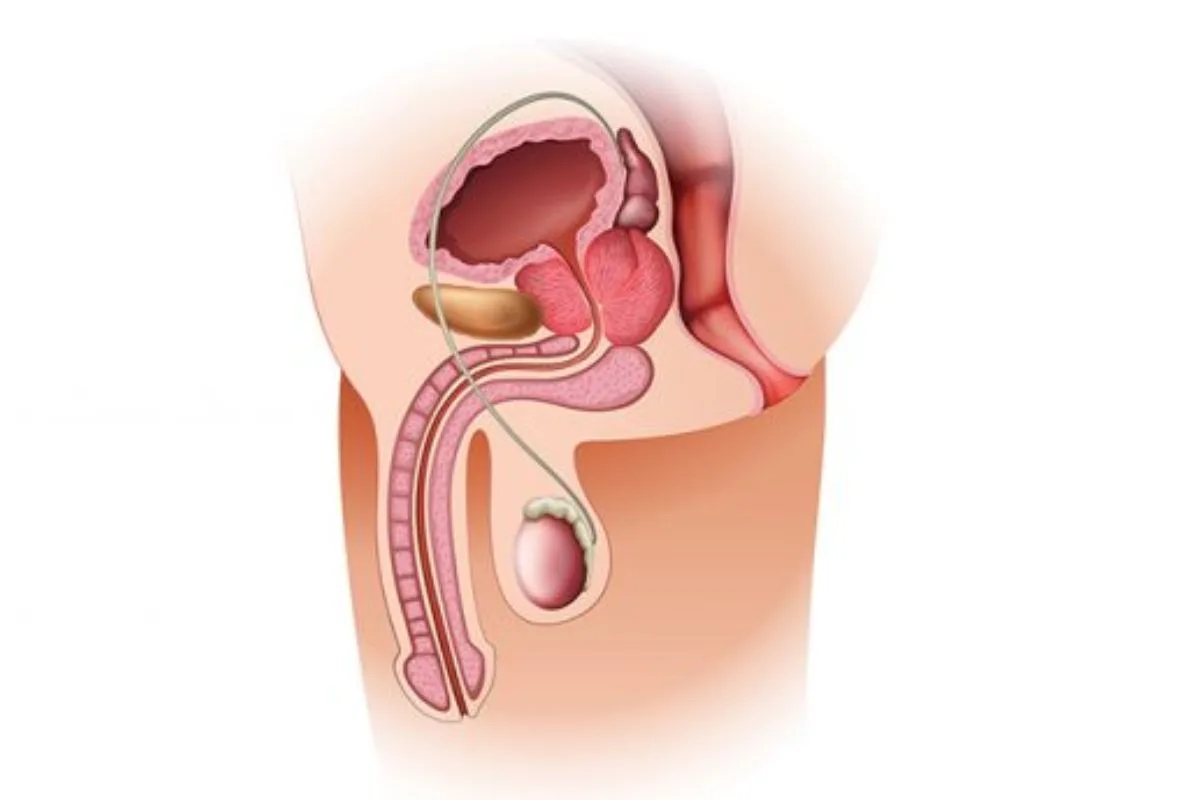Peyronie’s Disease Myths Debunked: Understanding Curvature and Treatment
Many men experience changes in their bodies that can feel confusing or even alarming.
One such condition is Peyronie’s disease, which often comes with a lot of misinformation.
It’s important to separate fact from fiction when it comes to sexual health concerns like this.
We’re here to help debunk common myths and provide a clearer understanding of Peyronie’s Disease Myths Debunked: Understanding Curvature and Treatment.
What Exactly is Peyronie’s Disease?
Let’s start with the basics.
Peyronie’s disease is a non-cancerous condition that involves the development of fibrous scar tissue, or plaque, inside the penis.
This plaque can cause a variety of issues, most notably a noticeable curvature or bend in the penis, especially during an erection.
It can also lead to pain and other difficulties.
We understand this can be a sensitive topic, but knowing the facts is the first step toward finding solutions.
Common Symptoms Can Include:
- A significant bend or curvature in the penis.
- Pain during erections, or sometimes even when flaccid.
- Hard lumps or patches of scar tissue that you can feel under the skin.
- A shortening of the penis.
- Issues with erectile dysfunction (ED).
Common Myths We Need to Debunk
There are many stories floating around about Peyronie’s disease that simply aren’t true.
Let’s clear some things up so you have accurate information.
Myth 1: It’s Just “Bad Luck” and Untreatable.
Fact: While the exact cause isn’t always clear, often involving minor trauma, Peyronie’s disease is definitely treatable.
Don’t suffer in silence.
At Modern Care, our Urologist experts in Lebanon are here to guide you through various effective treatment options.
Myth 2: It’s Always Painful.
Fact: Pain is common in the acute phase of the disease, which is when the plaque is forming.
However, for many men, the pain subsides once the disease enters the chronic, or stable, phase.
The curvature may remain, but the discomfort often lessens significantly over time.
Myth 3: Only Older Men Get It.
Fact: While it’s more common in middle-aged and older men, Peyronie’s disease can affect adult males of any age.
It’s not exclusive to one age group, so if you notice symptoms, regardless of your age, it’s worth getting checked out.
Myth 4: Treatment Always Means Surgery.
Fact: Not at all!
Many men benefit from non-surgical treatments, especially if caught early.
Surgery is typically reserved for severe cases or when non-surgical options haven’t been successful.
We explore all avenues to find the best approach for you.
Understanding the Phases of Peyronie’s Disease
Peyronie’s disease typically progresses through two main phases.
Understanding these can help you know what to expect and what kind of treatment might be appropriate.
| Characteristic | Acute Phase | Chronic (Stable) Phase |
|---|---|---|
| Onset | Typically 6-18 months. Plaque is forming, and symptoms are evolving. | After 12-18 months. Plaque has stabilized, and symptoms are no longer worsening. |
| Pain | Often present, especially with erections. | Usually subsides or disappears completely. |
| Curvature/Deformity | May worsen or change during this time. | Stabilized; the curve or indentation remains consistent. |
| Treatment Focus | Aimed at reducing pain and preventing further progression. | Aimed at correcting deformity and improving function. |
Treatment Options at Modern Care
At Modern Care, our approach to Peyronie’s disease is tailored to each individual.
We consider the phase of your disease, the severity of your symptoms, and your overall health.
Here’s what to expect regarding treatment options.
Non-Surgical Treatments:
- Oral Medications: Some medications taken by mouth may help reduce plaque size or pain.
- Injections: Medications injected directly into the plaque can break down scar tissue, such as Xiaflex, Verapamil, or Interferon.
- Traction Devices & Vacuum Pumps: These can help stretch the penis and remodel the plaque, potentially reducing curvature.
Surgical Treatments:
Surgery is typically considered when the disease is in the chronic phase, the curvature is severe, and non-surgical options haven’t worked.
Our specialists discuss these options carefully with you.
- Plication: This procedure involves stitching one side of the penis to straighten the curvature.
- Incision or Excision and Grafting: The plaque is cut or removed, and a graft of tissue is used to fill the gap, restoring length and straightness.
- Penile Implants: For men with both Peyronie’s disease and significant erectile dysfunction, an implant can help with both issues.
Your Questions Answered: FAQs About Peyronie’s Disease
We often hear similar questions from our patients, so we’ve compiled some common ones here.
Can Peyronie’s disease go away on its own?
While symptoms like pain might decrease over time, the penile curvature or deformity caused by Peyronie’s disease rarely goes away on its own.
It’s important to seek medical evaluation to discuss effective treatment strategies.
Is Peyronie’s disease linked to cancer?
No, Peyronie’s disease is not a form of cancer, nor does it increase your risk of developing penile cancer.
It’s a benign (non-cancerous) condition involving scar tissue.
What’s the first step if I suspect I have it?
The first and most important step is to consult with a urologist.
They can accurately diagnose your condition, determine its phase, and discuss the most appropriate treatment plan for you.
You can easily book an online consultation with us to get started.
Considering your options?
We can help!
Call us at 96176887676 or book a consultation to get started.
Dealing with Peyronie’s disease can be challenging, but understanding the condition and dispelling myths is crucial.
Remember, you don’t have to face it alone.
With the right information and professional support, effective treatments are available to manage symptoms and improve your quality of life.
This comprehensive guide helps with Peyronie’s Disease Myths Debunked: Understanding Curvature and Treatment.
Don’t hesitate to reach out to Modern Care in Lebanon for expert guidance and compassionate care.

